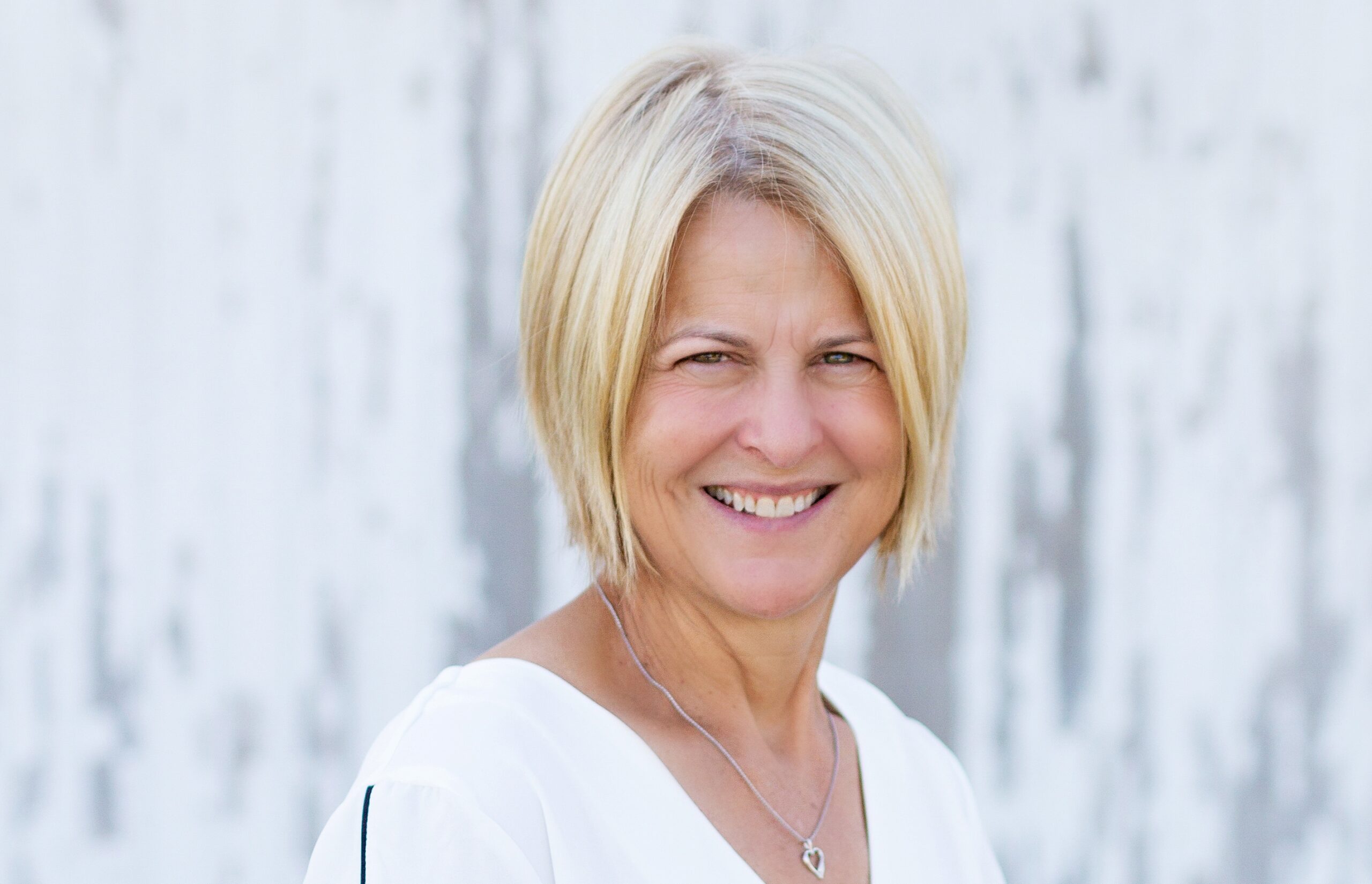The former Secretary of Illinois DOT says the industry needs to be flexible in the face of enormous change.
By Angie Schmitt



Dr. Ann Schneider has left a big mark on the transportation industry. The former Secretary of the Illinois DOT currently serves as President and Owner of Ann L. Schneider and Associates LLC, a consulting firm largely based in the Midwest. In addition, she is a member of the Board of Advisors for Infrastructure Ventures, the parent company of InfraTalk America.
In honor of Women’s History Month, we sat down with her to hear her thoughts on everything from the IIJA, to labor shortages, to our favorite topic: innovation. This interview has been lightly edited for length and clarity.
InfraTalk America: It’s International Women’s Day and you’re a prominent woman in a field that has historically been male dominated. Why do you think the construction and transportation industry has struggled to attract and retain women?
Ann Schneider: The root of state DOTs was highways, and so it’s very engineering centric. There hasn’t been a lot of emphasis in the past on pushing girls into civil engineering careers. I think that is starting to change in our schools.
That said, I think that transportation looks a lot different today than it did in the past. Our state and local transportation agencies are no longer just roadway agencies; they have become multimodal agencies. Not only are we (transportation agencies) building a product, we’re considering the impacts it will have. And so, I think that has opened the door a little bit wider for more inclusivity with women that might have backgrounds, like I did, in public finance or in planning, for example.
You were at the head of the Illinois DOT from 2011 to 2014. I wonder how you thought the industry was progressing on gender equality, what it was like for you, at that stage of your career?
When I was secretary, there was a group of us, women secretaries or state DOT CEOs. I think at the time there were seven of us. And so, we formed our own little caucus in AASHTO; and whenever there was a meeting, we all would get together and compare stories and really try to be supportive of each other.
I do feel like there is movement to be more inclusive of women, their voices, and the things they bring to the table. Things that maybe men aren’t wired the same way to bring.
I saw from your background that you have an expertise in freight, especially freight rail.
Yes. I was the chair of the National Freight Advisory Committee from 2013 to 2014 at USDOT, when Ray Lahood was the secretary (of U.S. DOT).
With the infrastructure bill, are you really excited about the possibilities around freight?
Oh gosh, absolutely. When they first passed the bill, I did an analysis… we went from roughly a dozen or so competitive USDOT grant opportunities to almost 40.
The Class 2 and Class 3 railroads, as well as our ports, play a critical role in moving freight. However, they’ve had limited access to capital, which has resulted in their inability to address issues they might have. Furthermore, they’ve been unable to implement solutions that could increase efficiency and allow them to become better supply chain partners. The infrastructure bill gives them increased opportunities to address their needs and issues.
I want to bring it back a little bit to our favorite subject at InfraTalk America: innovation, mainly around technology. How important is it to the challenges the industry is facing?
Right now, one of the biggest challenges I see is a lack of workforce. State and local agencies are struggling to deliver their programs, and money is less of an issue now.
I’m excited about technologies that can help fill that gap. I think technology, like what Trimble offers the digital construction and asset management world, is essential. We need this kind of technology so that we can meet the current and future needs of our system.
Does your consulting overlap much with technological innovation?
I have five or six local agencies that I consult for. And a lot of what I try to help them do is to think ahead.
As an example, I am working with two of my clients in preparing EV readiness plans, knowing that the automotive industry is looking to phase out internal combustion engines as soon as 2030. I have them asking the question: “How can the people that live here travel about if we don’t have electric vehicle charging infrastructure in place?”
So, I’m helping them chart a path where they can be prepared and deliver the types of transportation goods and services that are needed as our economy evolves.
Okay, so it sounds like the industry is at a moment of pretty huge change?
Absolutely, I think that it is, and the change is accelerating.
You’re one of today’s thought leaders. If you had one piece of advice to leave people with, what would you say?
We have to build flexibility into what we’re doing. Some of the technologies that are available right now, for example, composite materials, can offer a long-term solution to maintenance and resiliency issues. But if we become too rigid in how we approach things, we’re not going to be able to leverage those technologies to the benefit of the industry and the public.
Let’s build flexibility into everything we do, and let’s allow innovation to help drive where we’re going.
Awesome. Well, I appreciate you speaking with me so much.










